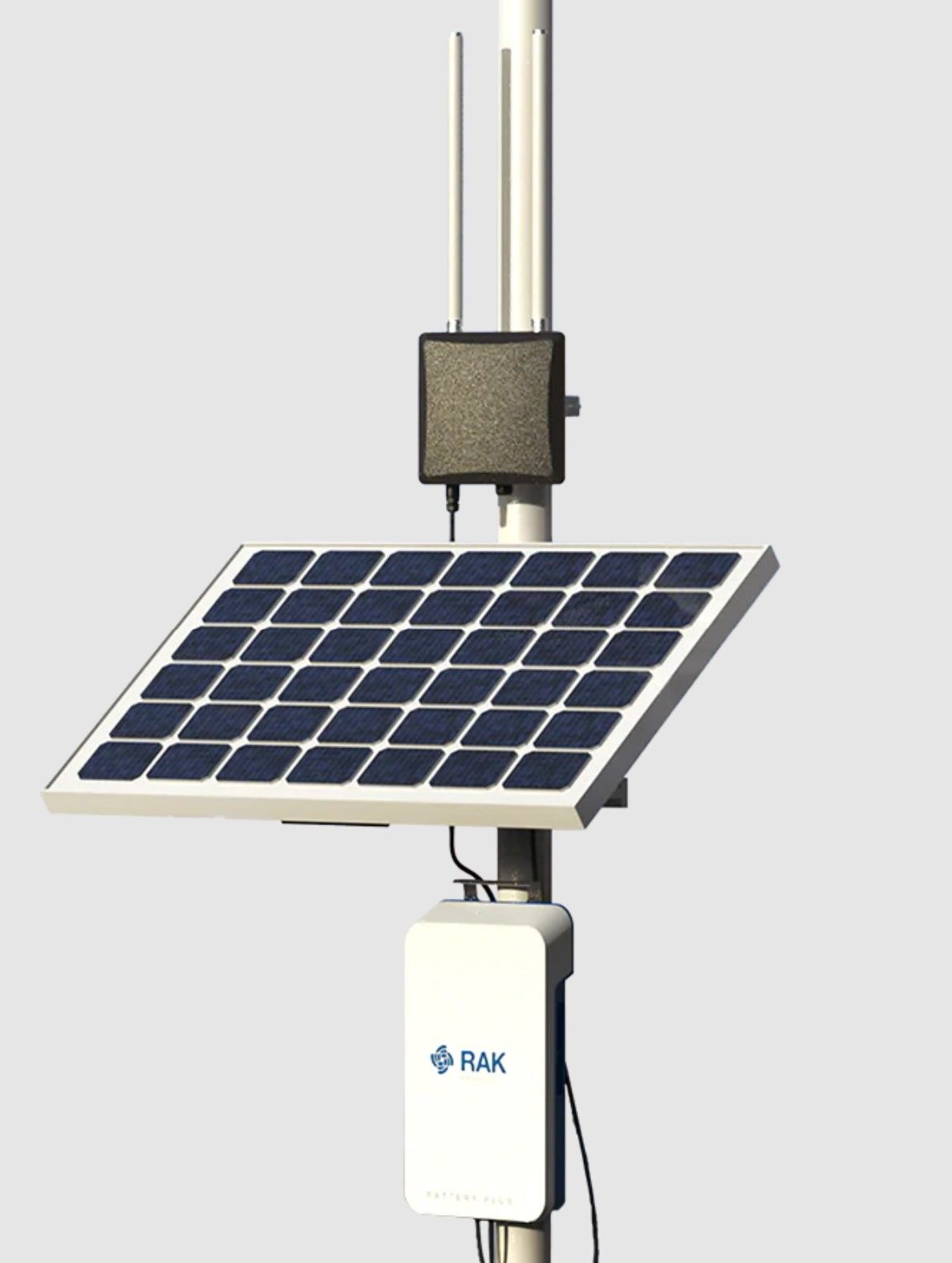
What are LoRaWAN gateways?
Overview
LoRaWAN gateways are devices that facilitate communication between LoRaWAN devices and a network server. They are an essential component of a LoRaWAN network, as they provide the connection between the devices and the internet.
LoRaWAN gateways are typically connected to the internet via a wired connection, such as Ethernet or a cellular connection. They receive data from LoRaWAN devices, which transmit over a low-power radio frequency, and then forward this data to the network server. The network server processes the data and makes it available to end users or other applications.
LoRaWAN gateways are designed to support a large number of devices, and can be configured to operate in different frequency bands and at different data rates, depending on the needs of the application. They are typically powered by a mains connection, although some models are designed to be solar-powered or battery-powered.
LoRaWAN gateways are an important part of the infrastructure required to support a LoRaWAN network, and are typically deployed in strategic locations to ensure that they have good coverage and are able to communicate with a large number of devices.
What considerations when selecting a LoRaWAN gateway?

- Compatibility with LoRaWAN protocol: Make sure that the gateway is compatible with the LoRaWAN protocol and has been certified by the LoRa Alliance.
- Range and coverage: The range and coverage of the gateway will depend on the location, environment, and the type of antenna used. Consider the size of the area you want to cover and the power output of the gateway.
- Number of channels: The number of channels on the gateway determines how many devices can be connected at the same time. If you are planning on connecting a large number of devices, you will need a gateway with a higher number of channels.
- Bandwidth and data rate: The bandwidth and data rate of the gateway will determine the speed at which data can be transmitted. Consider the data rate requirements of your application and choose a gateway that can support it.
- Cost: The cost of the gateway will depend on the features and capabilities it offers. Consider your budget and choose a gateway that fits your needs and budget.
- Ease of installation and maintenance: Consider the ease of installation and maintenance of the gateway. Some gateways may require professional installation, while others can be easily installed by a layperson.
- Security: Make sure that the gateway has robust security features to protect against unauthorized access and data breaches.
- Support: Consider the level of support offered by the manufacturer or vendor. Choose a gateway that comes with good technical support and documentation.
LoRaWAN Gateway Channels
In a LoRaWAN network, the gateway acts as a bridge between the end devices (e.g., sensors, actuators) and the network server. The gateway has a number of channels that can be used to communicate with the end devices.
A channel is a specific frequency band and data rate combination that can be used by the gateway to communicate with the end devices. The number of channels on a gateway determines how many devices can be connected at the same time. For example, a gateway with 8 channels can communicate with up to 8 devices simultaneously.
The channels on a LoRaWAN gateway are divided into different frequency bands, such as 868 MHz (Europe), 915 MHz (North America, Australia), and so on. The frequency bands and data rates supported by a gateway will depend on the region and regulatory requirements.
In addition to the standard channels, some gateways may also support additional channels for special applications, such as public safety or industrial automation. These channels may have different characteristics, such as higher power output or a wider bandwidth, to support the specific requirements of the application.
LoRaWAN Bandwidth

In a LoRaWAN network, the bandwidth of a gateway refers to the width of the frequency band that the gateway can use to transmit and receive data. The bandwidth determines the maximum data rate that can be supported by the gateway and, in turn, the speed at which data can be transmitted.
LoRaWAN supports a variety of bandwidths, ranging from 125 kHz to 500 kHz. The available bandwidths depend on the region and regulatory requirements. For example, in Europe, the standard bandwidths are 125 kHz, 250 kHz, and 500 kHz, while in North America, the standard bandwidths are 500 kHz and 250 kHz.
The choice of bandwidth will depend on the data rate requirements of the application and the available channels on the gateway. A wider bandwidth allows for a higher data rate, but it also means that fewer channels are available for communication. On the other hand, a narrower bandwidth allows for a lower data rate but more channels can be used for communication.
For example, if you are using a gateway with 8 channels and a bandwidth of 500 kHz, you will be able to support a higher data rate but will only be able to communicate with 8 devices simultaneously. If you reduce the bandwidth to 250 kHz, you will be able to communicate with more devices but at a lower data rate.



